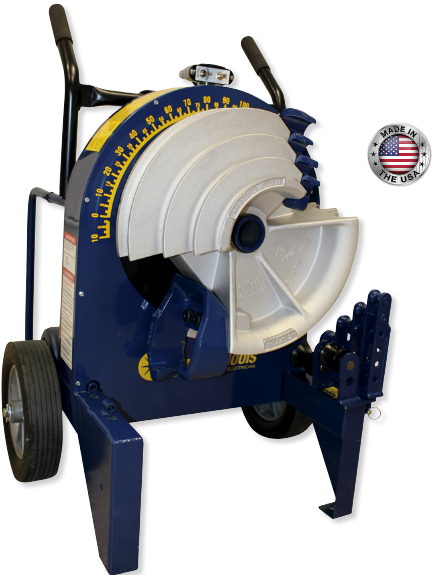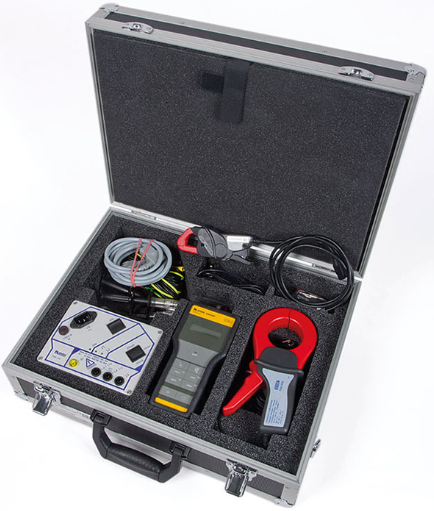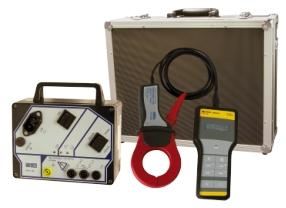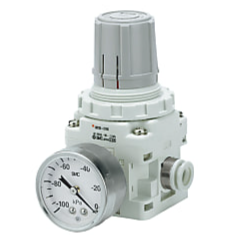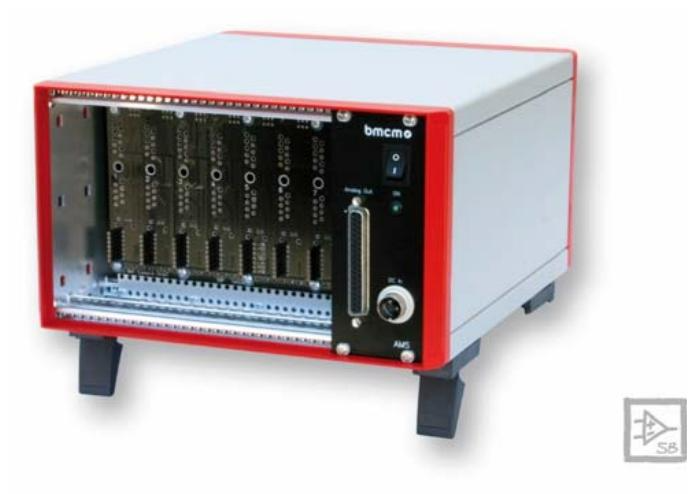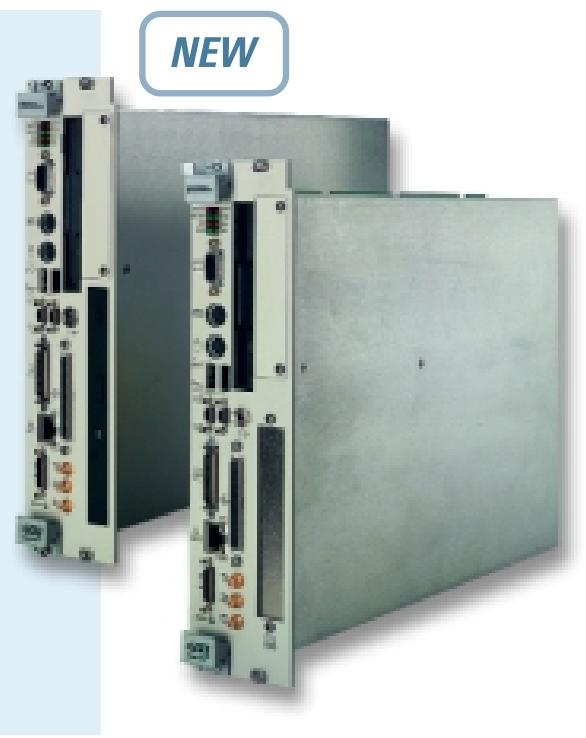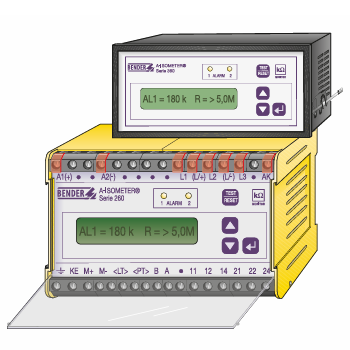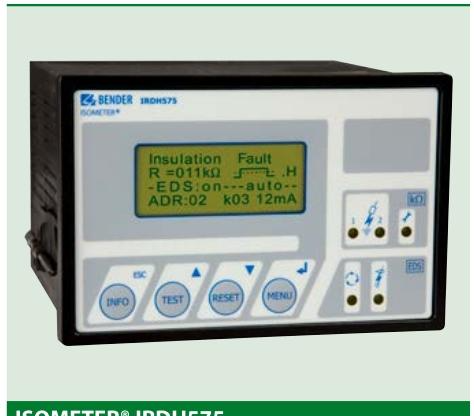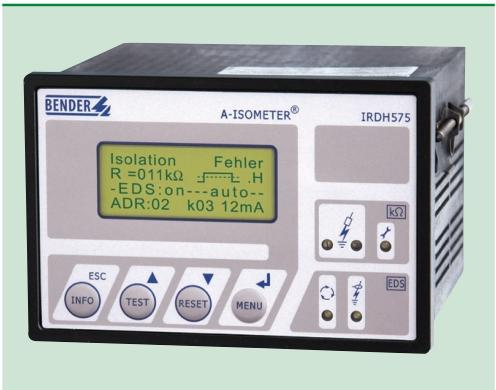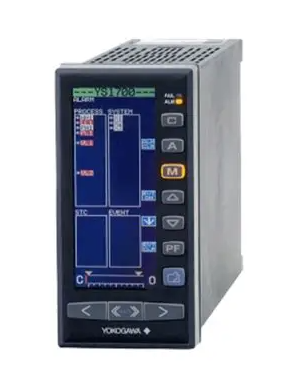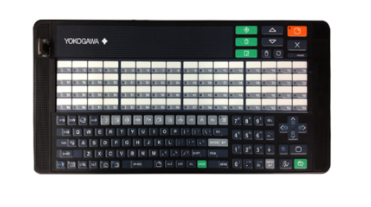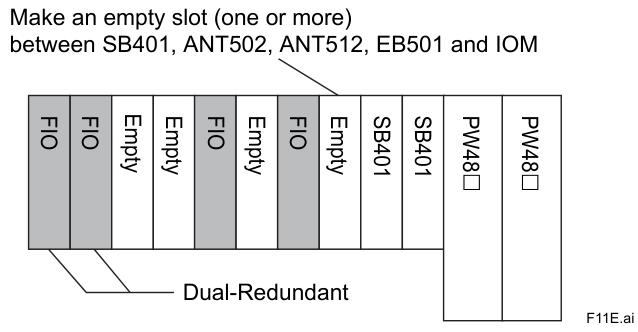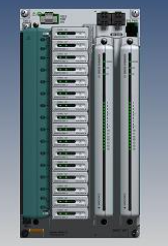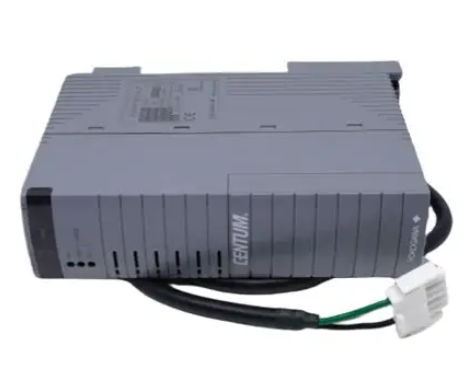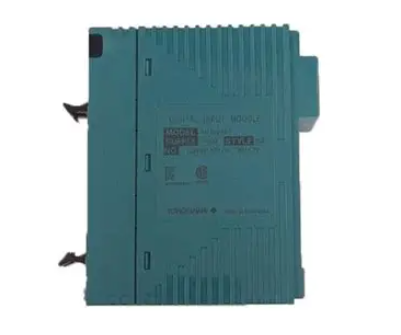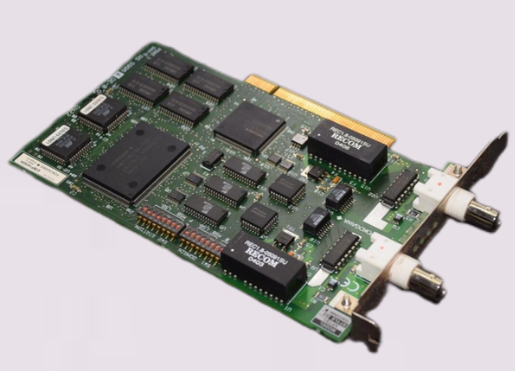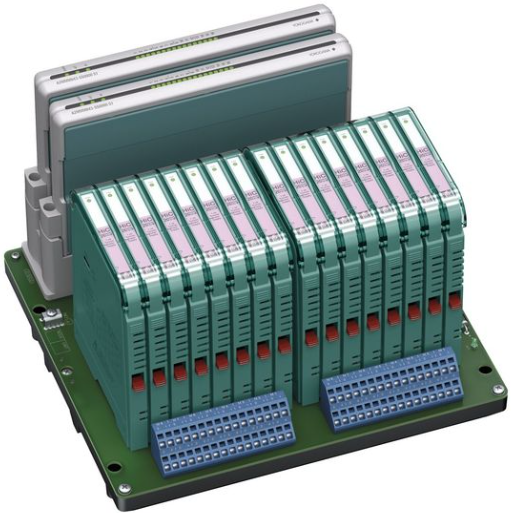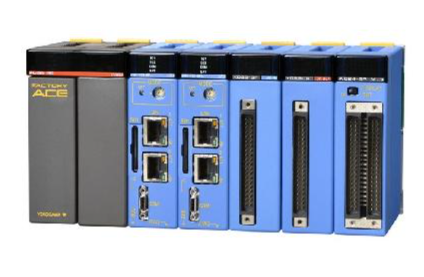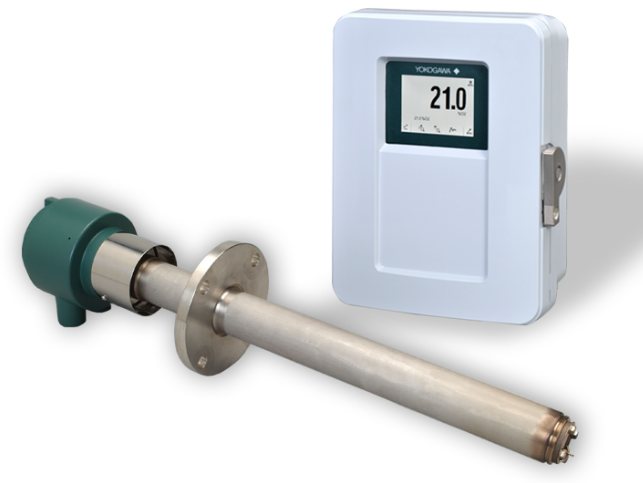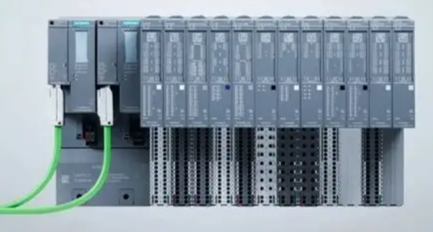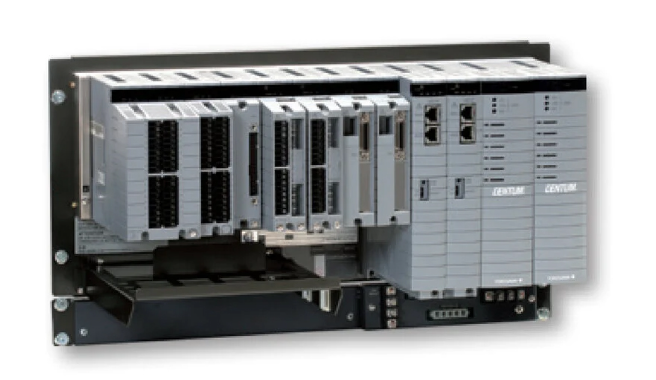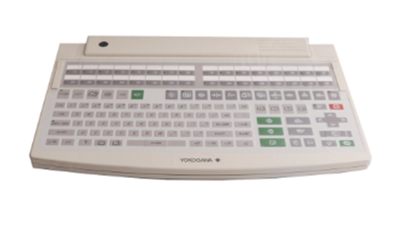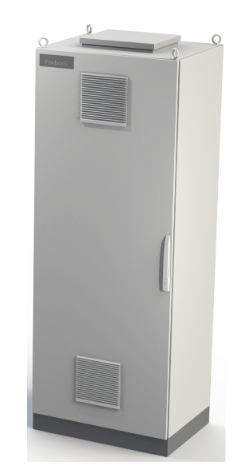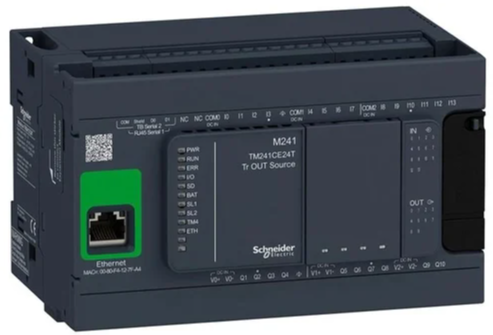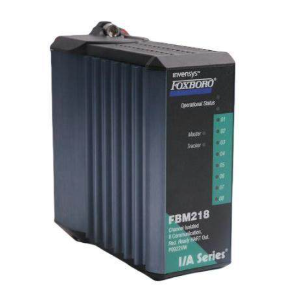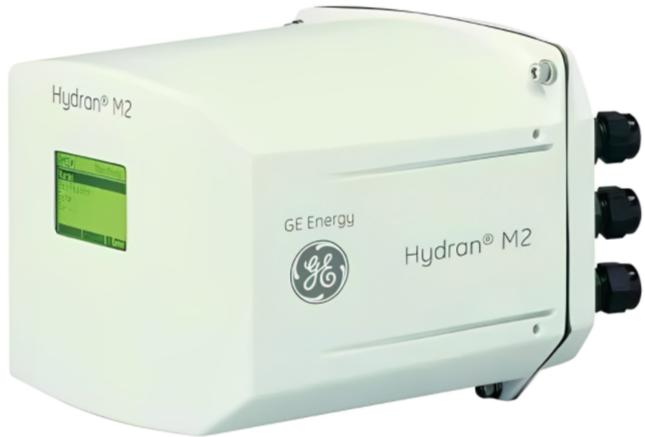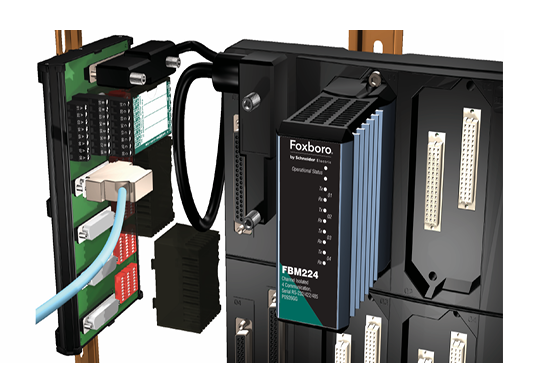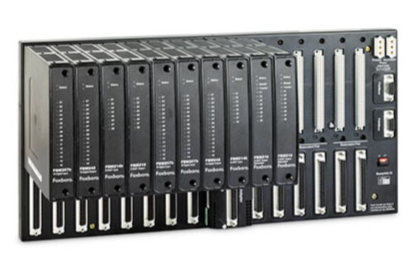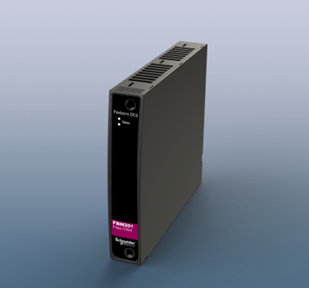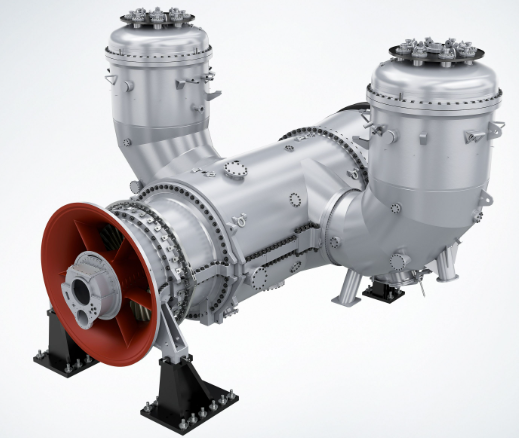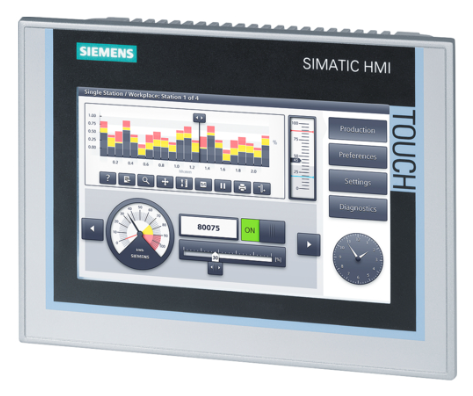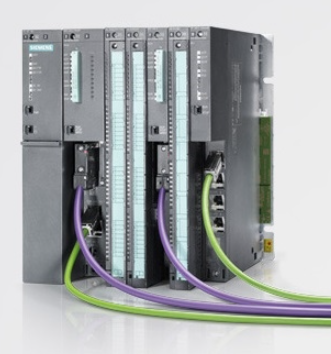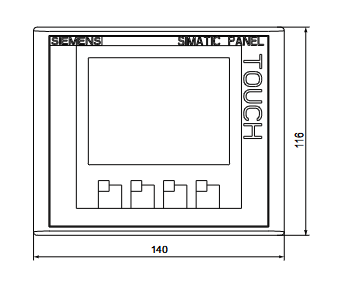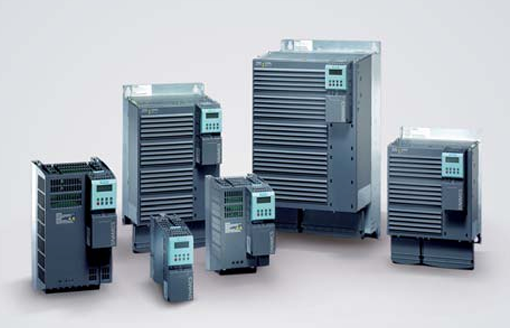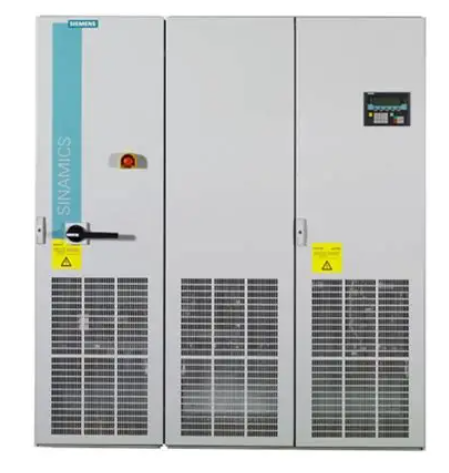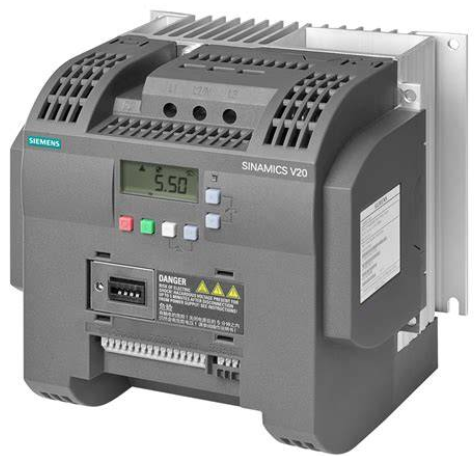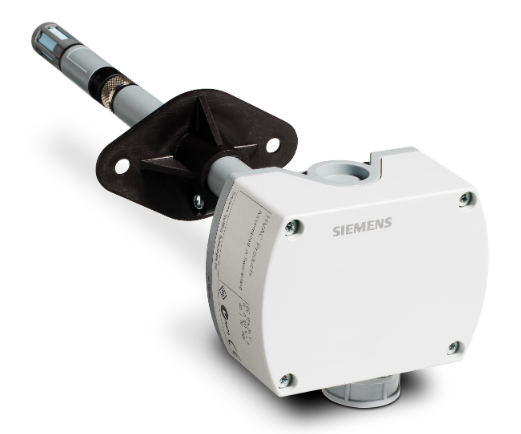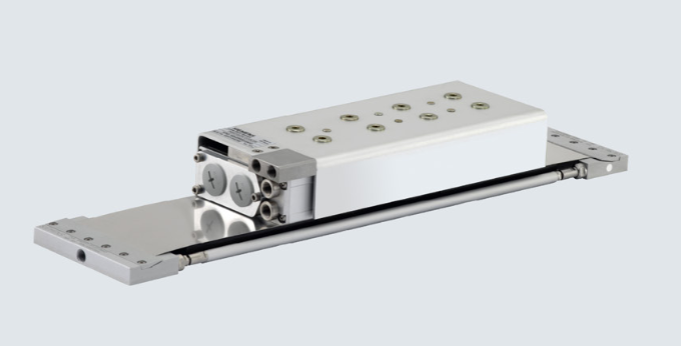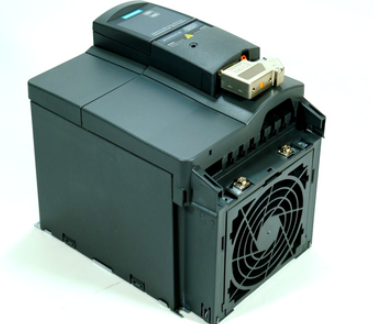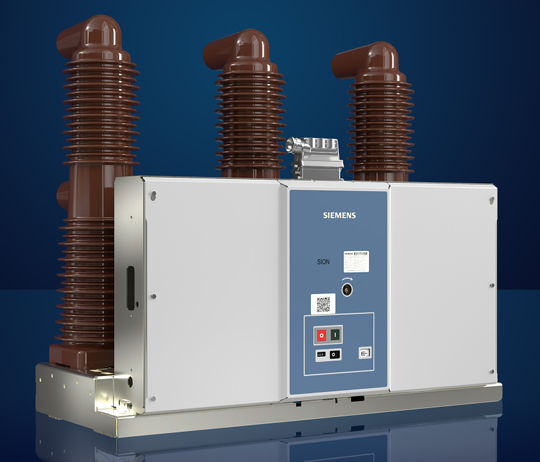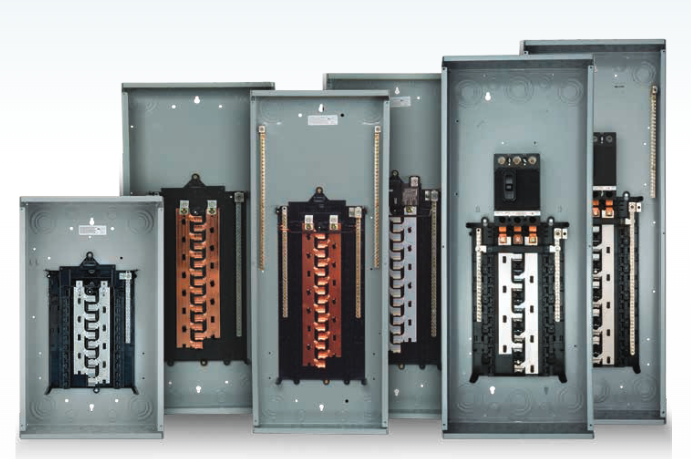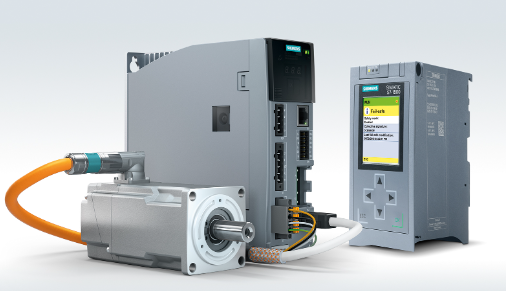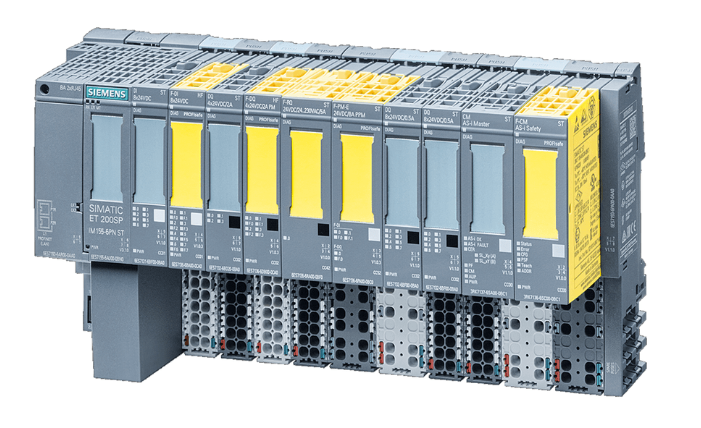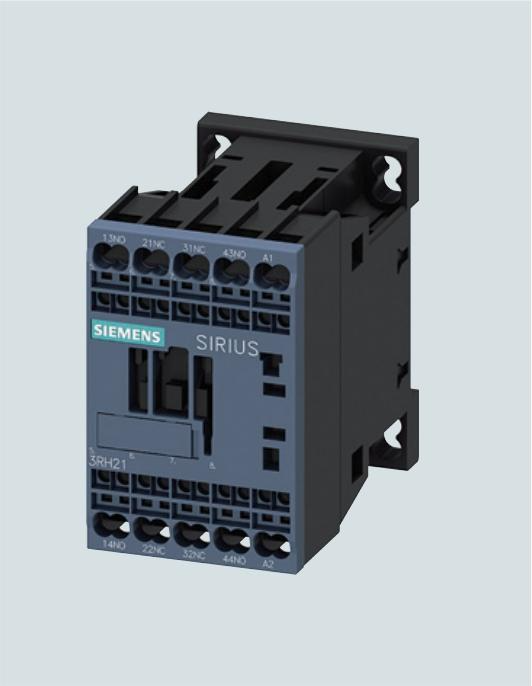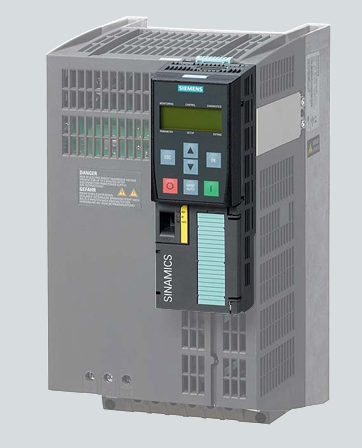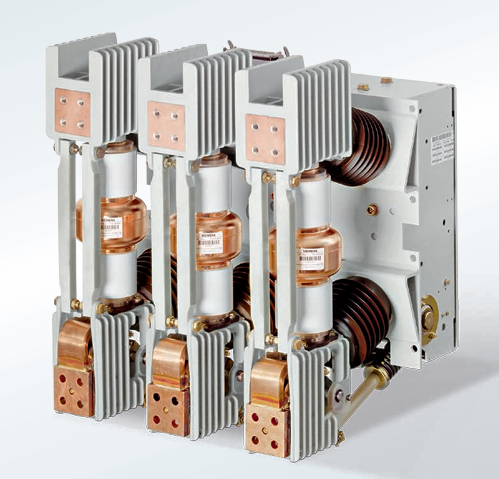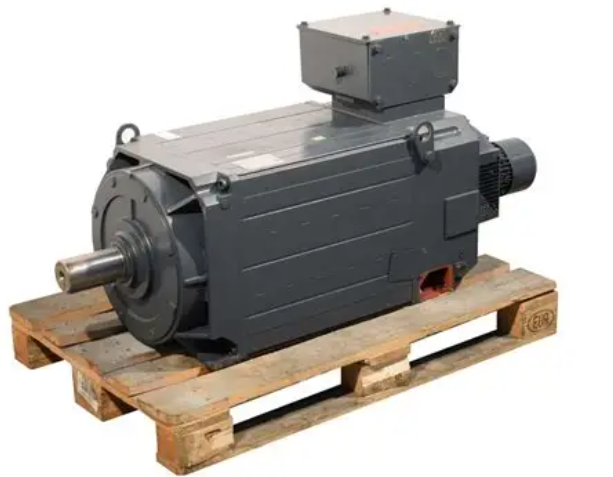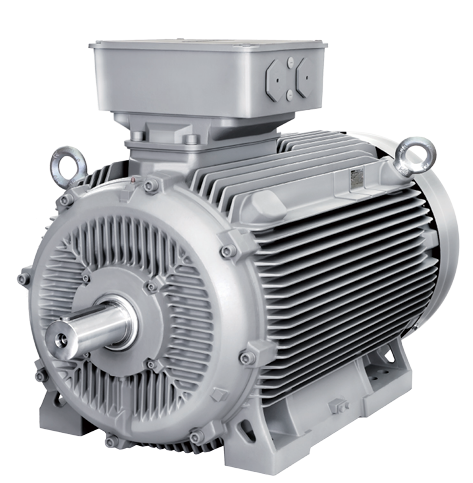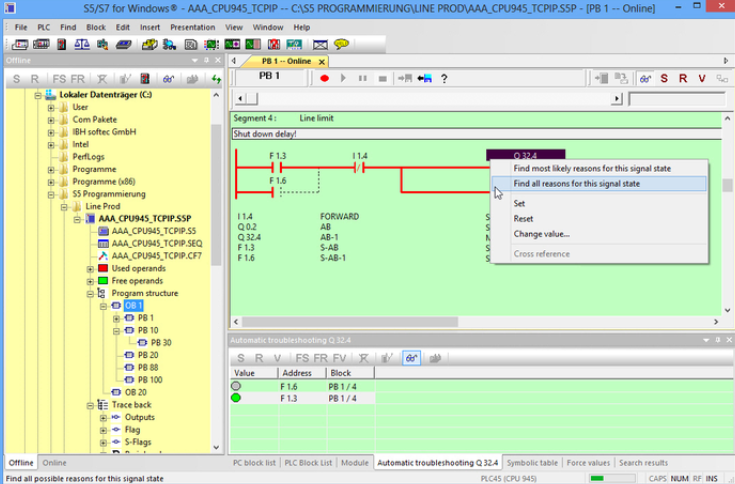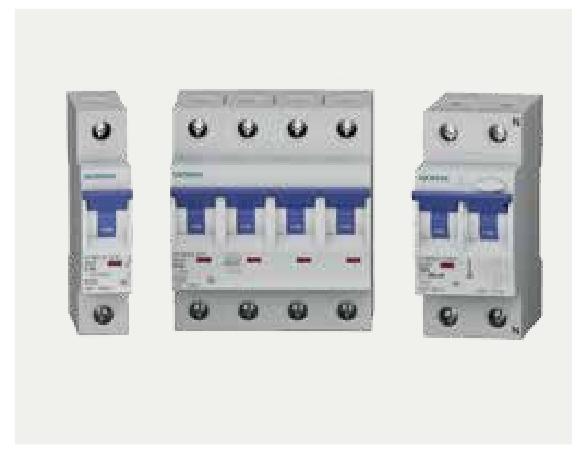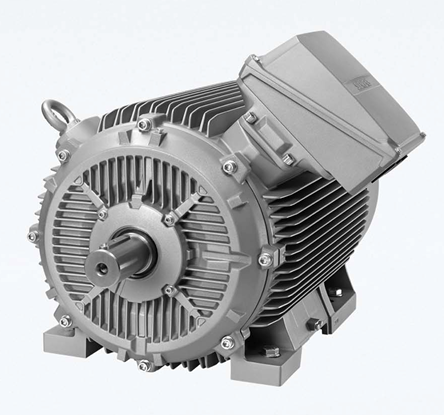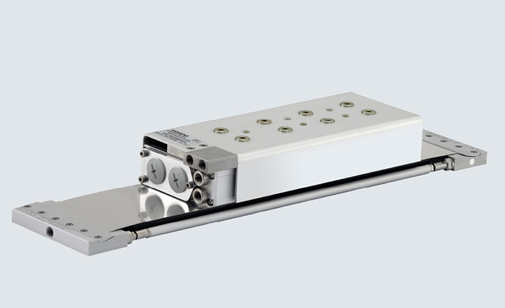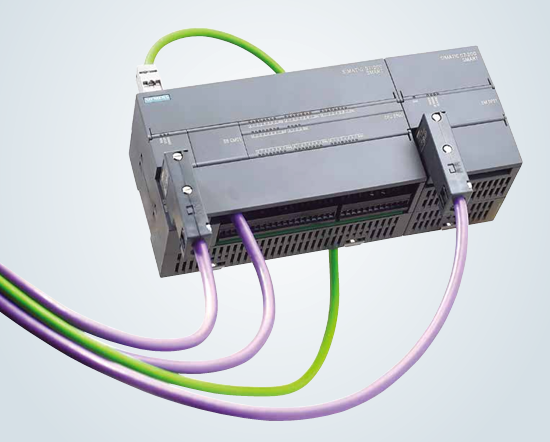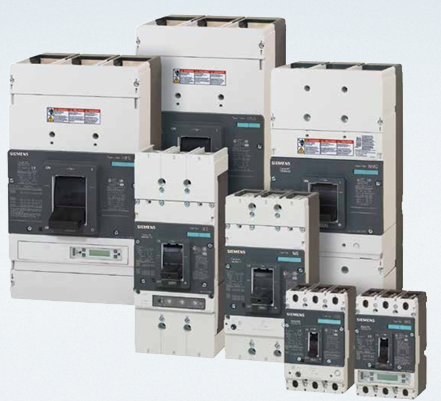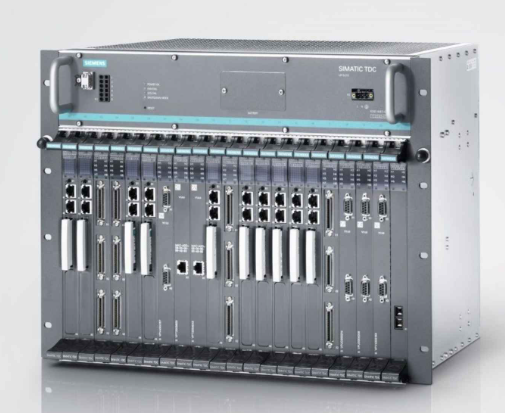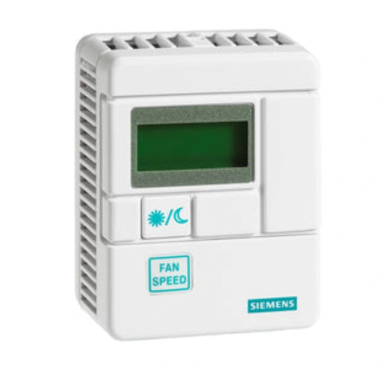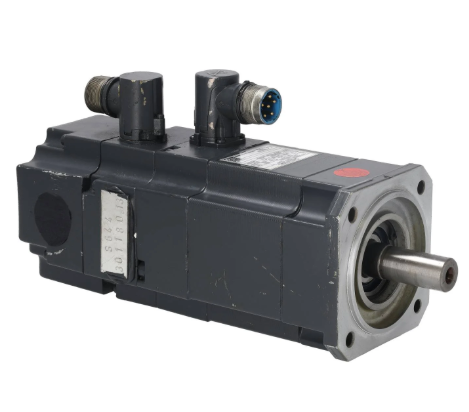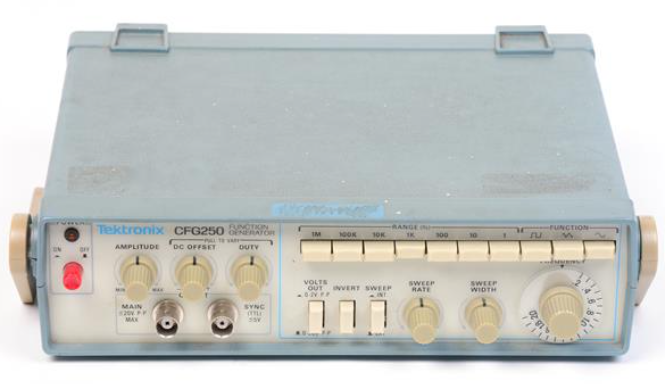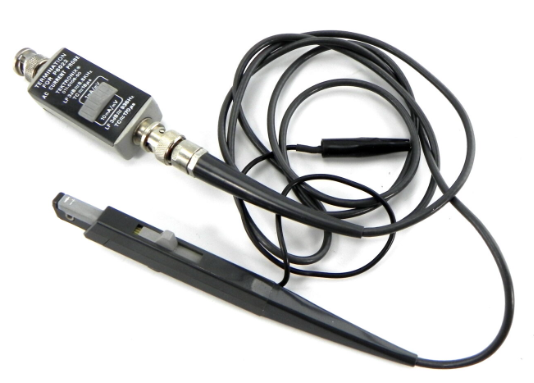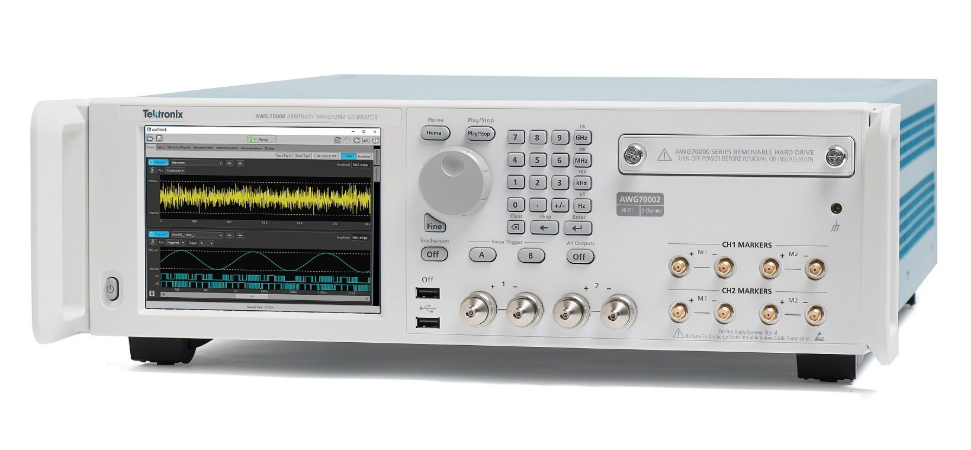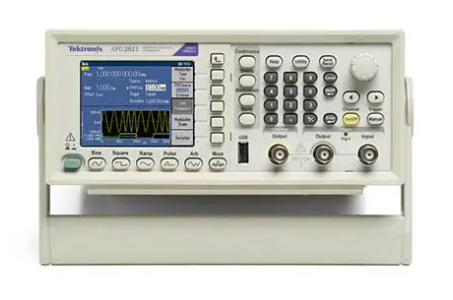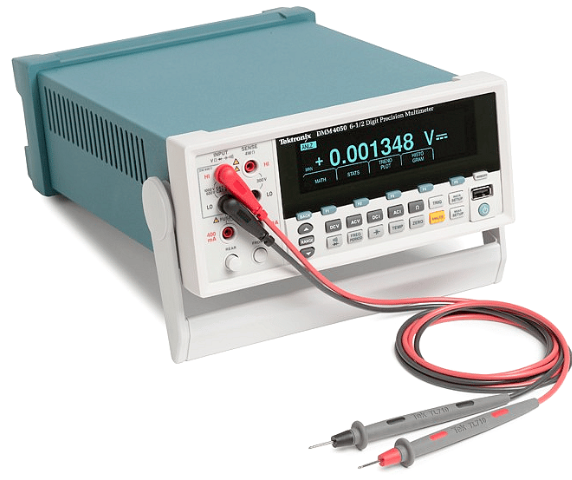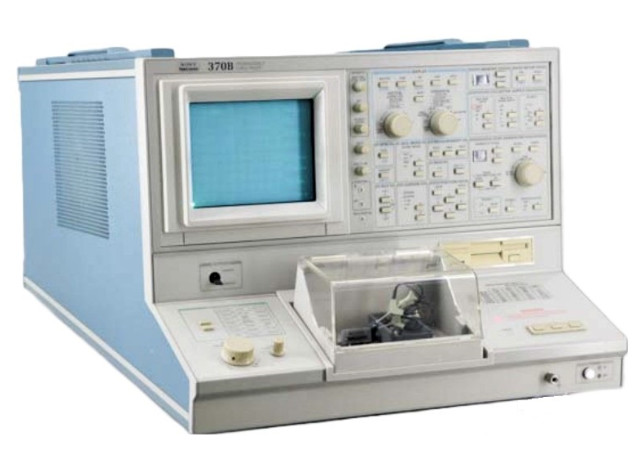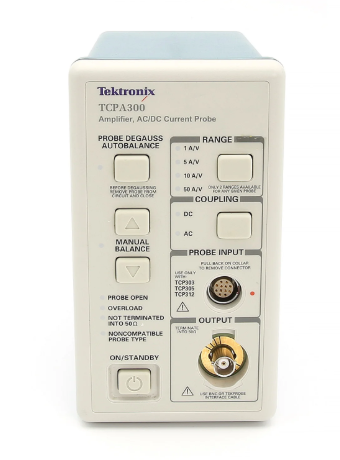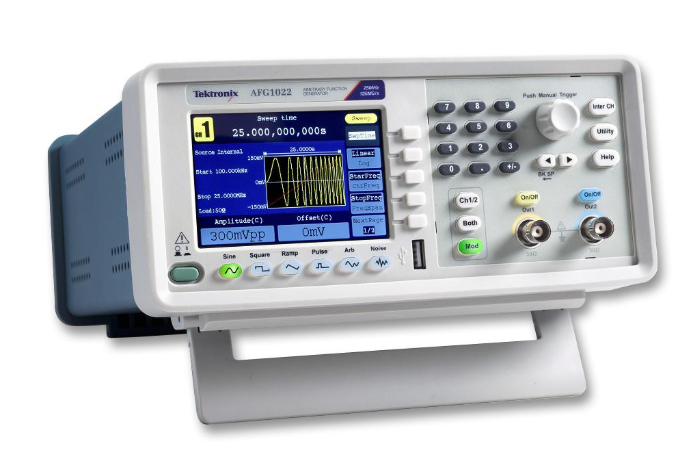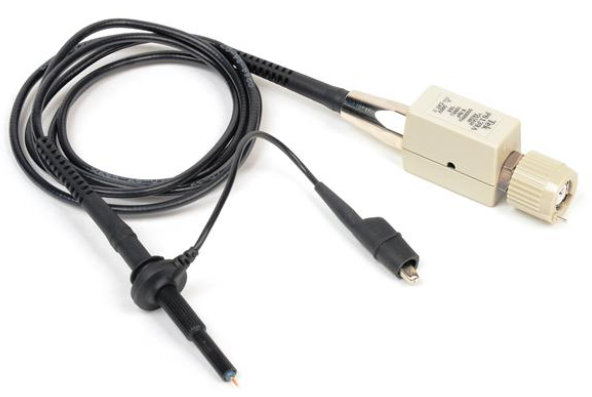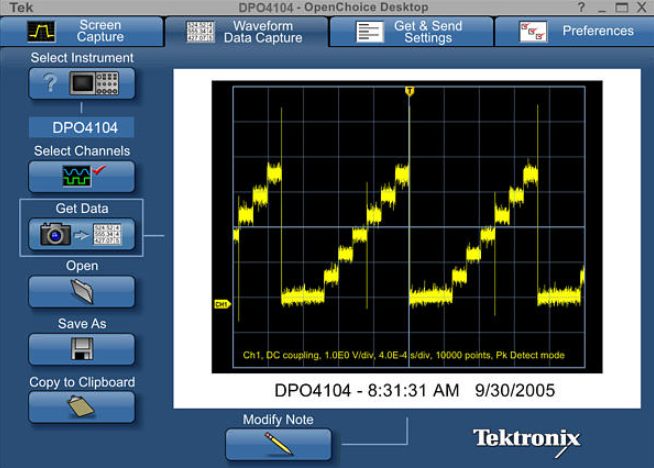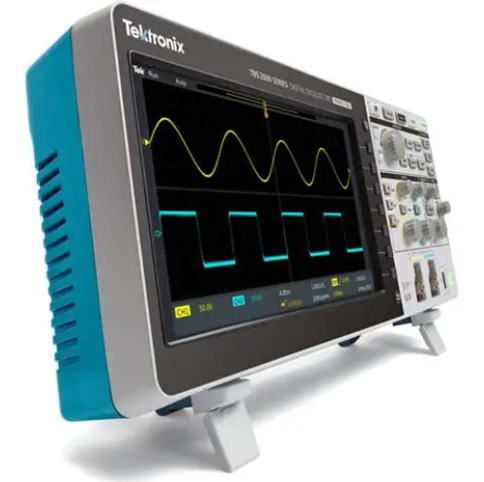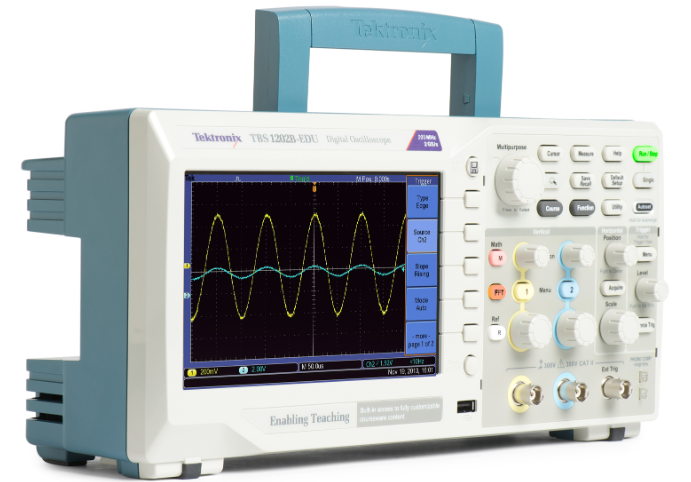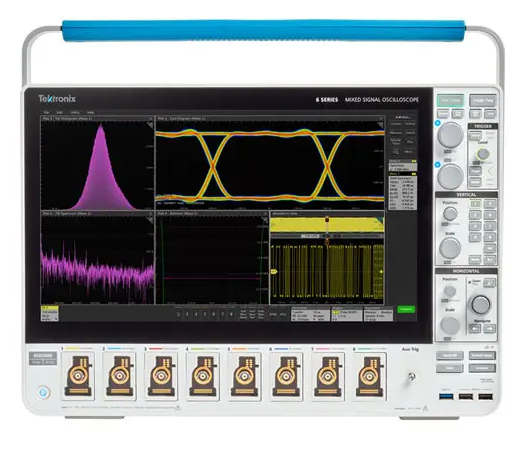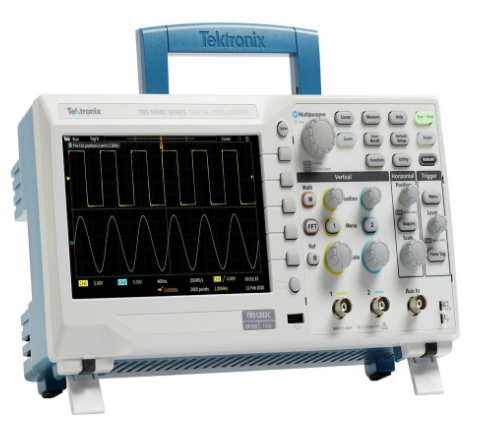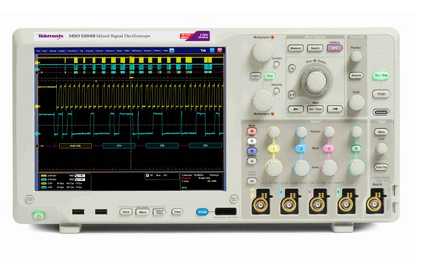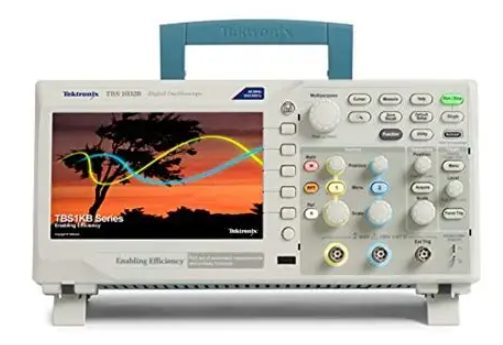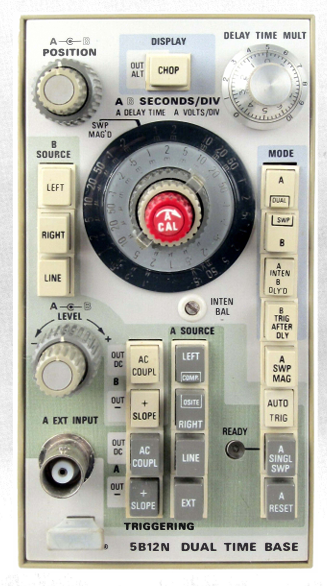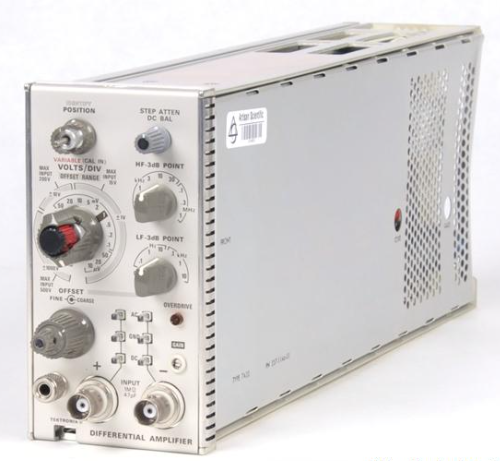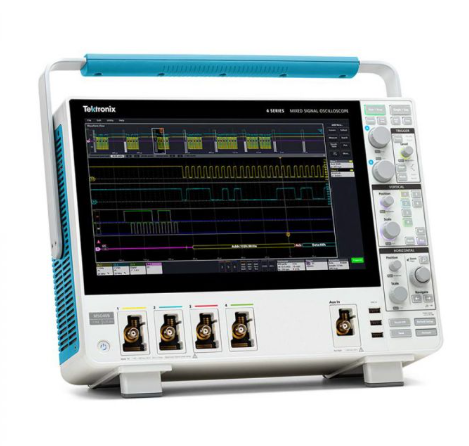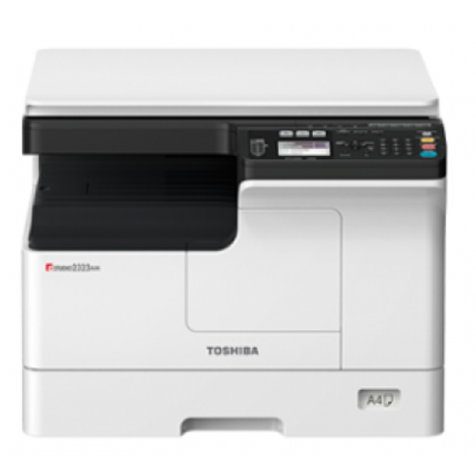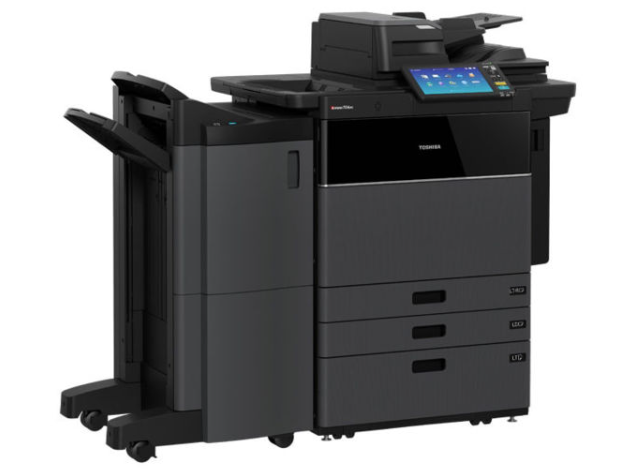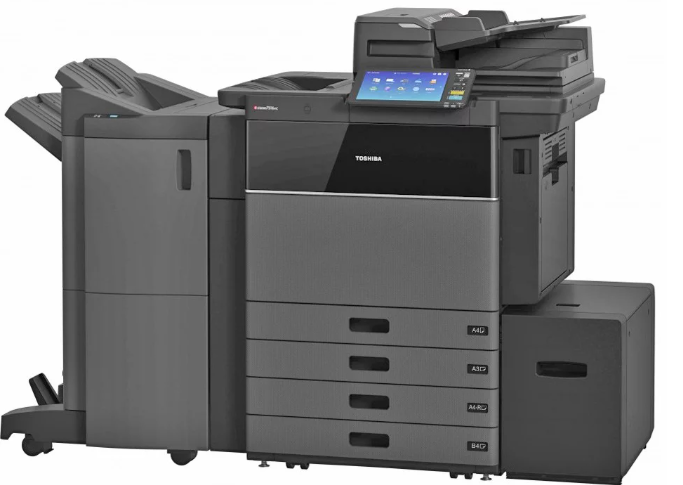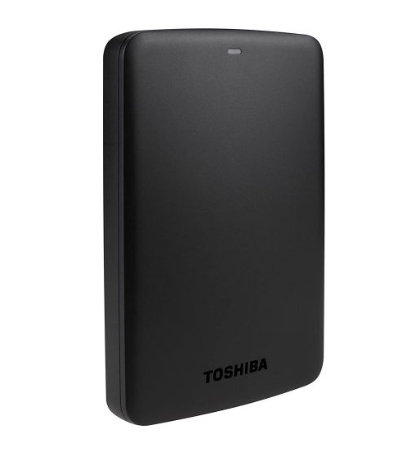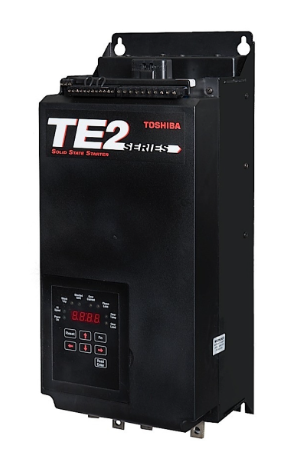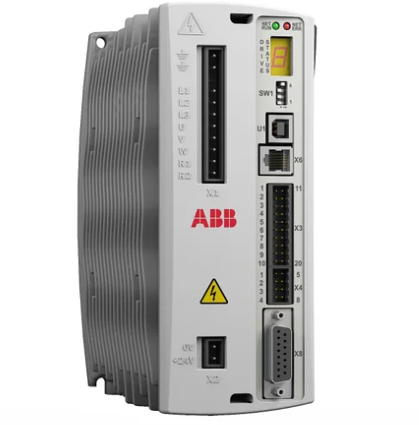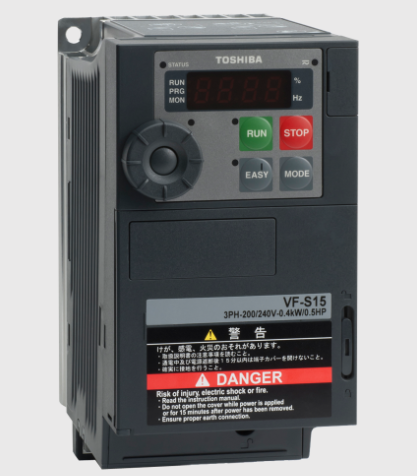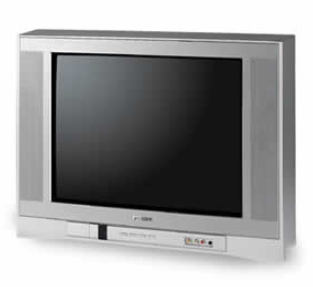

K-WANG


- Telephone:+86-15305925923
- contacts:Mr.Wang
- Email:wang@kongjiangauto.com
ABB SPCIS22 Control I/O Module
Overview
Product Definition and Function: ABB SPCIS22 Control I/O Module is a key module for industrial automation control systems from ABB. It integrates input and output functions, and its main function is to establish a bridge between the control system and external devices, realising signal acquisition, processing and control signal output, so that the control system can effectively monitor and operate external devices, such as motors, valves, sensors, and so on.
Working Principle
Input part working principle
Signal acquisition and conditioning: The input part of the module has multiple channels, which can receive input signals from various external devices, which can be digital signals (such as switching signals) or analogue signals (such as voltage and current signals). For analogue signals, they first pass through a signal conditioning circuit, which consists of filtering, amplification and level conversion operations. Filtering is to remove noise and interference components in the signal, amplification can be weak signal enhancement to the appropriate level, level conversion is to convert external signals into the module can handle the internal level standard, for example, will be different ranges of voltage signals into the module's internal uniform analogue input level range. For digital signals, signal buffering and level matching are performed to ensure the stability and compatibility of digital signals.
Signal Conversion and Transmission: The conditioned analogue signals are fed into the analogue-to-digital (A/D) converter circuit to convert the analogue signals into digital signals. The digital signals and the original digital input signals are transferred to the module's control unit via an internal data bus. The control unit carries out preliminary processing of these signals, such as reading the signal status, making simple logical judgements, etc., and then transmits the processed signals to the upper control system through the communication interface.
Output part of the working principle
Control signal reception and processing: the output part of the module receives the control instructions from the upper control system, which are transmitted to the control unit of the module in the form of digital signals through the communication interface. The control unit analyses and processes the commands, and generates the corresponding output control signals according to the content of the commands.
Signal drive and output: For digital output signals, the control unit sends the digital signals directly to the output drive circuit. The output driver circuit will carry out power amplification and level conversion of the signal, so that the output signal can meet the driving requirements of external digital devices (e.g. relays, indicator lights, etc.). For example, an internal low-power digital signal is converted to a signal that can provide sufficient current and voltage to drive a relay to engage or release. For analogue output signals, the digital control signals generated by the control unit are first converted to analogue signals through a digital - analogue conversion (D/A) circuit, and then through an analogue signal conditioning circuit (including amplification, filtering, and other operations), so that the output analogue signals meet the signal requirements of external analogue devices (e.g., valve controllers, inverters, etc.), e.g., outputting a specific range of voltage or current signals to control the equipment operation.
Performance features
Multi-functional input/output interfaces: A wide range of input and output interfaces are provided, enabling flexible processing of different types of signals. It can simultaneously receive analogue signals (e.g. 0 - 10V voltage signals, 4 - 20mA current signals) and digital signals (e.g. switching signals with TTL and CMOS levels), and can output both analogue and digital signals, which is convenient for connecting to a wide range of industrial equipment and enhances the versatility and compatibility of the system.
High-precision signal processing: High precision in the conversion and processing of analogue signals, the A/D and D/A conversion accuracy can reach ±0.1% - ±0.5% full-scale accuracy, this high precision ensures accurate acquisition of signals from external devices and precise control of actuators, which is very important in industrial processes (such as chemical, pharmaceutical, etc.) that require high control accuracy.
Signal isolation and anti-interference ability: In order to ensure the stability and reliability of the signal, signal isolation technology is adopted between the input and output channels and with the internal circuitry of the module. The isolation voltage can reach thousands of volts, effectively preventing external interference signals (such as electromagnetic interference, electrostatic interference, etc.) on the module, but also to avoid mutual interference between the internal signals, improve the system's anti-interference ability.
Fast response and real-time control: It can achieve fast signal response and real-time control. From the change of input signal to the update of output control signal, the response time can reach a few milliseconds to tens of milliseconds, which makes it possible to meet the application scenarios of industrial control system with high real-time requirements, such as rapid start-stop control of the equipment, emergency braking system and so on.
Technical Parameters
Input parameters
Number and range of analogue input channels: There are usually several analogue input channels, the number of which may vary from 4 - 16. The analogue input signal range may include - 10V - + 10V, 0 - 10V voltage signals, 4 - 20mA, 0 - 20mA current signals, etc., depending on the module configuration and application requirements.
Digital Input Types and Level Standards: Supports a variety of digital signal types such as TTL (Transistor Transistor Logic) levels, CMOS (Complementary Metal Oxide Semiconductor) levels, TTL levels typically range from 2V - 5V at high levels and 0V - 0.8V at low levels, and CMOS levels vary depending on the specific device.
Input Signal Resolution (Analogue Inputs): Analogue input channels can have a resolution of 12 - 16 bits, which allows for more accurate acquisition of analogue signals.
Output Parameters
Number and range of analogue output channels: There are a number of analogue output channels, which may be the same as or different from the number of analogue input channels. The analogue output range can be 0 - 10V voltage signal, 4 - 20mA current signal, etc., which can be used to control the working status of external analogue devices.
Digital Output Characteristics: The digital outputs are capable of providing sufficient drive capability, with output currents in the tens of milliamps (mA) range, to ensure that external digital devices (e.g., relays, indicators, etc.) can be reliably driven. The output signal levels conform to industry standards, such as 3.3V - 5V (TTL levels) for high levels and near 0V for low levels.
Output signal update frequency (analogue outputs): The analogue outputs have a high update frequency, capable of thousands of times per second, depending on the system setup and requirements, and the high update frequency helps to achieve precise dynamic control of external devices.
Communication parameters
Supported communication protocols: ABB-specific communication protocols are supported for communication with the control system, and may also be compatible with some industry-standard communication protocols (e.g. Modbus, etc.) to facilitate data interaction with other devices or systems.
Communication rate: In the internal system communication, the communication rate may reach about 10Mbps - 100Mbps, depending on the configuration of the system and the application scenario, to ensure the fast transmission of data between the module and the system.
Physical Parameters
Dimensions: The external dimensions are generally designed according to the standard card slots of the system, the length may be between 10cm - 20cm, the width between 5cm - 10cm, and the thickness between 3cm - 8cm, which is easy to be inserted into the standard I/O card slots of the system for installation.
Weight: Lightweight, typically between 100g - 500g, so as not to overburden the installation and structure of the system.
Environmental Parameters
Operating Temperature Range: Able to work in a wide range of temperature, generally - 20 ℃ - + 60 ℃, can adapt to different industrial field temperature conditions.
Humidity range: The relative humidity range is usually 10% - 90% (non-condensing), ensuring normal operation in different humidity environments.

| User name | Member Level | Quantity | Specification | Purchase Date |
|---|






